The 2.9 megawatt solar power plant in Otaki Village generates climate-friendly electricity for 600 households. juwi Shizen Energy Operation takes over operational management of the plant.
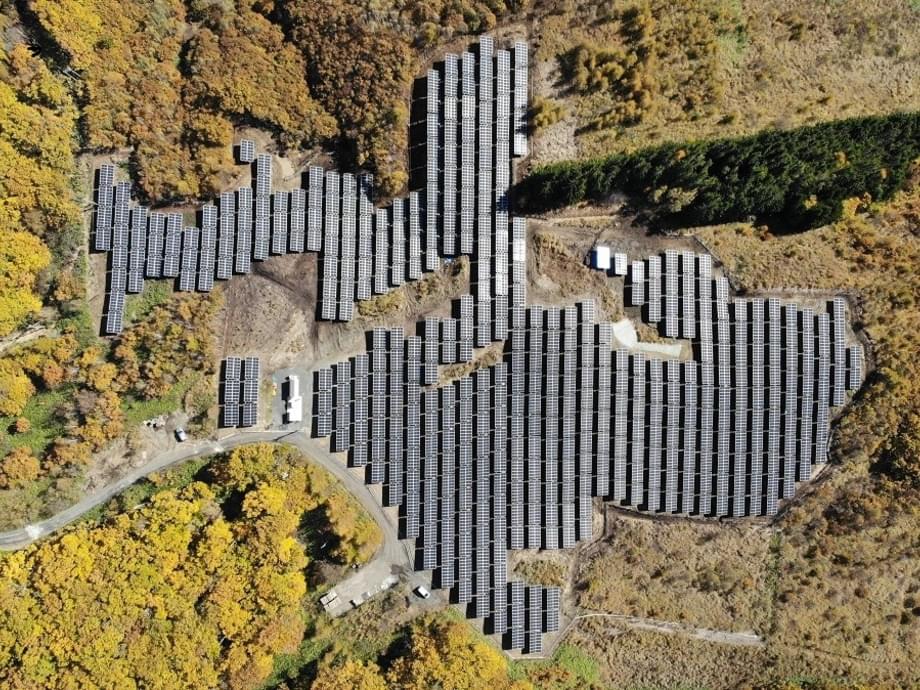


See, when there is no hypocrisy of being an oil tycoon nation, talking to much in conferences about environmental incentives whilst having a double agenda which consists of slowing the trend down, or doing nothing while we get to 2030.
IT ACTUALLY WORKS
Turkey’s rapid shift to greener sources of energy has led to a sharp rise in its installed solar power over the last decade, with renewable investments expected to accelerate in the period ahead.
The aim to generate a larger share of power from renewable sources stems from the country’s goal of lowing its hefty energy bill, as it imports almost all of its energy needs from abroad.
Its journey of producing energy from solar power started at just 40 megawatts (MW) back in 2014. It has now reached 7,816 megawatts, according to data compiled from the Energy and Natural Resources Ministry.
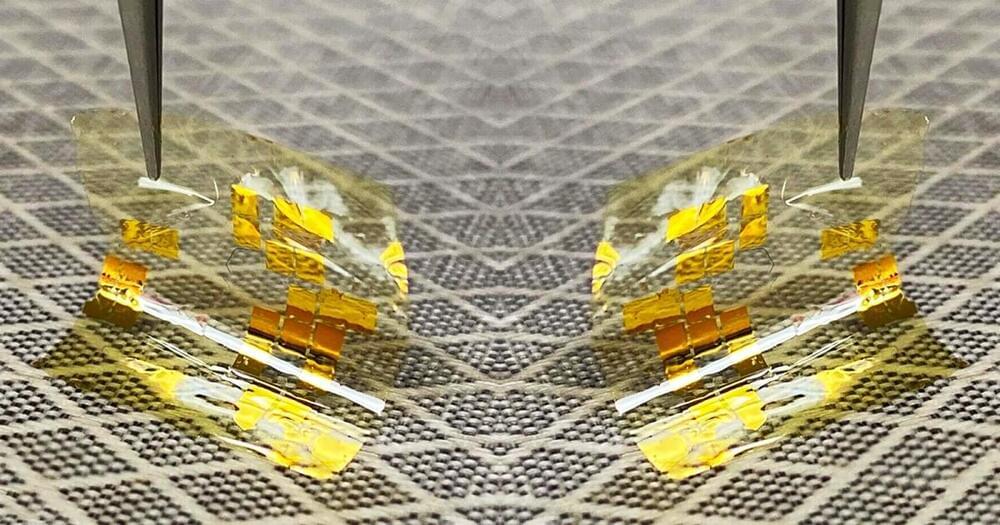

Building integrated solar provides businesses with new bottom line opportunities to leverage their properties to attract a new generation of sustainability-focused consumers, and that leaves little space for fossil energy to maneuver.
More than 20 billion square feet of windows are installed every year, and the leading firm Andersen Corporation apparently plans to make some of those billions into energy efficient, transparent solar energy generators that could kick the pace of global energy decarbonization into high gear. The well-known maker of windows and doors just chipped in for a $30 million Series B funding round that will help push the not-so-well-known transparent solar innovator Ubiquitous Energy out of the startup shadows and into the bright sunshine of the global building industries marketplace.
Ubiquitous Energy Hearts Transparent Solar Windows
The idea of transforming windows into fully transparent, see-through PV powerhouses has allured researchers for years. Conventional solar panels block the sun, so that’s out. Thin film PV technology offers an alternative route, but the problem is squeezing out enough clean kilowatts to make the endeavor worthwhile. Thin film is transparent, but overall the technology is not as efficient as conventional photovoltaic panels.

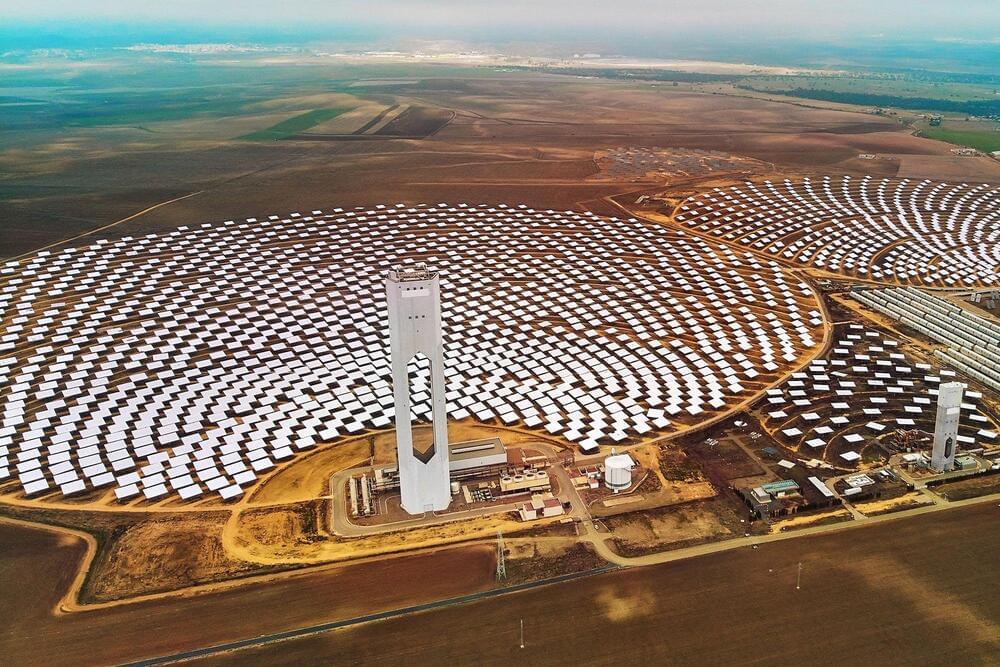
Southwest Research Institute worked with government and commercial collaborators to successfully develop and demonstrate full-scale turbomachinery for one of the world’s first supercritical carbon dioxide (sCO2) power systems for a concentrated solar power (CSP) plant. The technology combines sCO2 power cycles with integrated thermal energy storage.
The project was supported by the U.S. Department of Energy’s APOLLO program, which was created to improve performance and reduced the cost of electricity from CSP plants. The 10MW sCO2 turbomachinery has successfully completed performance and endurance tests in a closed-loop environment.
SCO2 is carbon dioxide held above a critical temperature and pressure, which causes it to act like a gas while having the density of a liquid. It’s also nontoxic and nonflammable, having been used in dry cleaning processes, low-GHG refrigeration systems, as well as to decaffeinate coffee.

Ubiquitous Energy solar energy capturing windows installed at Michigan State University.
Courtesy of Ubiquitous Energy.
A material science start-up, Ubiquitous Energy, is raising tens of millions of dollars to turn windows into surfaces that capture solar energy. The California start-up announced on Tuesday it closed a $30 million funding round, including an investment from consumer window and door manufacturing giant Andersen Corporation, bringing its total funding raised to $70 million.
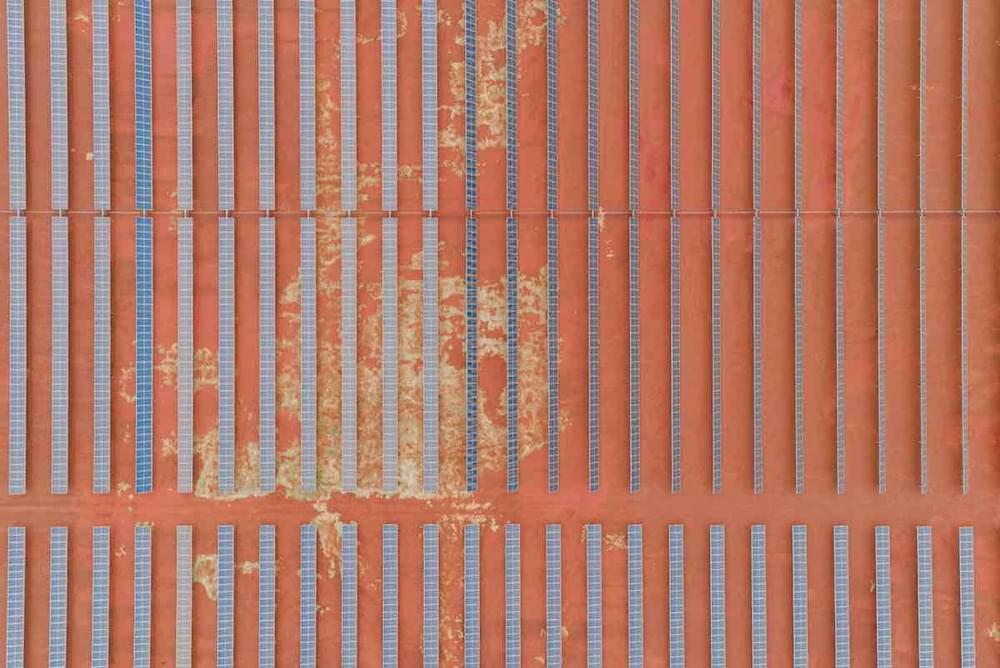
Oil and gas giant submits plans for up to 500MW of solar and battery storage to supply renewable power to industrial customers — including its own LNG operations — in WA Pilbara region.
Oil and gas giant Woodside has kicked off the new year by firming up plans to develop a massive solar and battery project in Western Australia’s Pilbara region, to supply renewable electricity to local industrial customers, including its own Pluto LNG facility.
In a submission to the W.A. Environmental Protection Authority on Monday, the company proposed the Woodside Solar Facility to be built in 100MW phases to a total capacity of up to 500MW, ultimately comprising around 1,000,000 solar panels and including battery energy storage infrastructure of up to 400MWh.
Woodside confirmed in its proposal that the solar farm and battery would deliver solar power to customers on the Burrup Peninsula, including at the Maitland Industrial Park, and likely including the company’s own onshore Pluto gas processing plant.

New York state will spend $500 million building up ports and manufacturing infrastructure for offshore wind farms in a bid to become home base for the nascent industry.
The investments announced Wednesday by Governor Kathy Hochul will focus on building the supply chain for offshore turbines, which can provide clean power to a densely populated coast with little room for onshore wind farms or solar power plants.
“With this investment, New York will lead the nation on offshore wind production, creating green jobs for New Yorkers, and powering our clean energy future,” Hochul said in the statement.
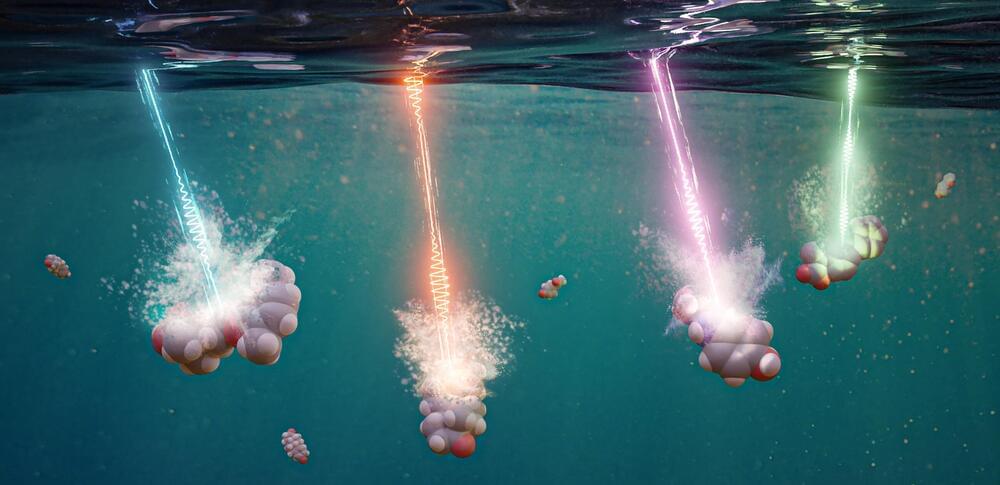
Carbon-based organic micropollutants in water can be removed by treatment with high-intensity pulses of light in a procedure developed and demonstrated by researchers at KAUST.
This photodegradation process was already known to be feasible, but its use was limited by the long treatment times it required. Luca Fortunato, Thomas Anthopoulos and colleagues have demonstrated that this photodegradation treatment can be dramatically accelerated with high-intensity light pulses generated from a xenon flash lamp.
“An interesting aspect of this work is that we combined the expertise and technologies of two different fields,” says Fortunato. He explains that the collaboration between the two different research departments—KAUST’s Solar Center and Water Desalination and Reuse Center—allowed the team to adopt a pulsed light system that was previously used to process semiconductor materials for transistors and solar cells.